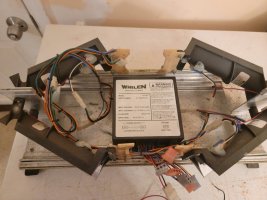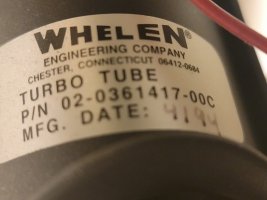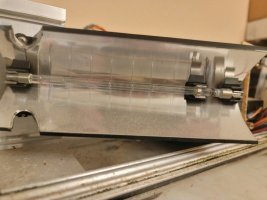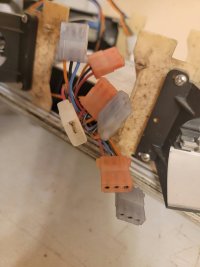ur20v
Member
Earlier this year I was able to get my hands on a mini Advantedge strobe bar. Aside from being dirty, the bar was in pretty good shape, but when I went to power it up, the power supply just buzzes. Seeing as it's almost 30 years old it doesn't surprise me, but I'd like to repair it or get it repaired if possible. I have a couple Whelen Competitor Series power supplies and was going to try and verify the tubes weren't bad, but the gender of the power cable in the bar is opposite of the gender on the CPS690... The tubes look pretty good for being made in 1994! (The reflectors are a bit dusty because I've had the domes off the bar for months)
Any suggestions about what to do to test or repair the power supply, or common problems to start with?






Any suggestions about what to do to test or repair the power supply, or common problems to start with?







